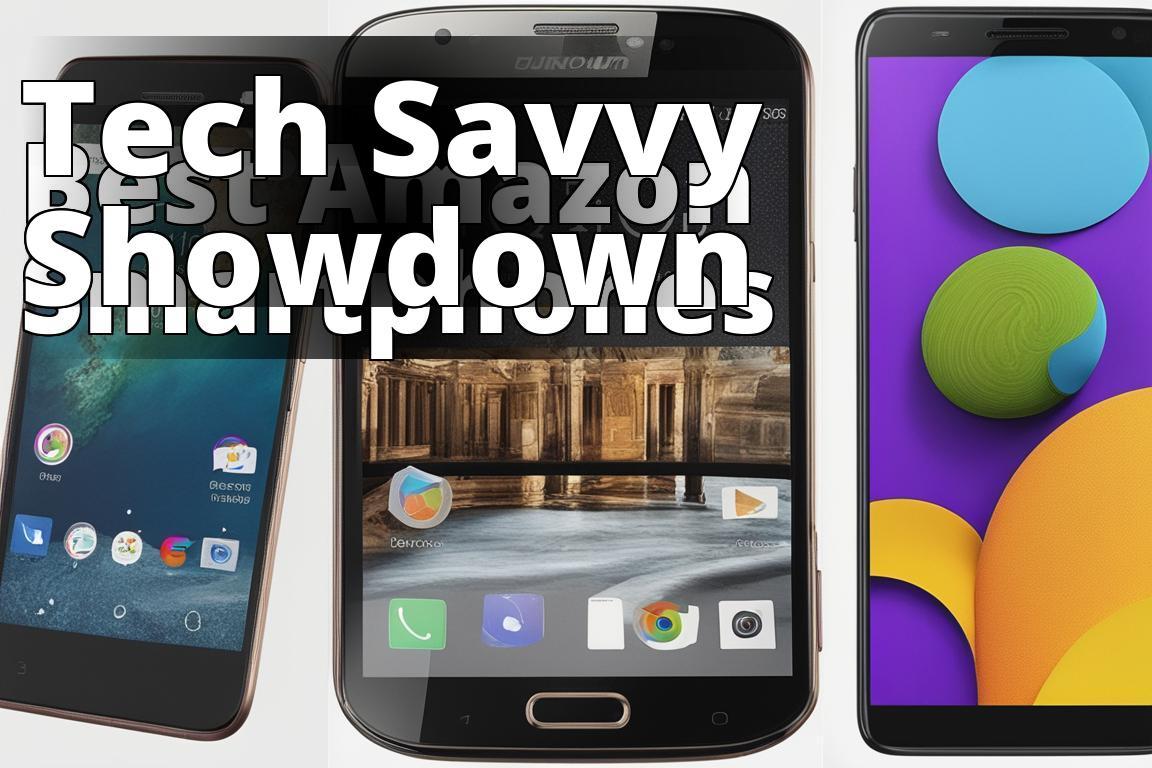Over the past decade, the rise of artificial intelligence and deep learning has strongly impacted our lives and work. But recent advancements show us that what comes next will have an even bigger impact.
Thanks to these technologies, our society is on the cusp of a revolution unlike anything we’ve seen since the dawn of the world wide web. This article will cover 6 of the most exciting and impactful open-source or free AI projects you should try if you want a glimpse into the future.
GPT-3
No products found.
BLOOM AI
While GPT-3 is the current undisputed king of the large language models (LLMs), BLOOM is quickly becoming a favorite among technology enthusiasts who prefer open-source over proprietary systems.
BLOOM is an acronym meaning BigScience Large Open-science Open-access Multilingual Language Model. In a nutshell, this powerful AI model offers many of the same features and functions that GPT -3 does, except that its source code is freely available to download.
Thanks to BLOOM AI, any researcher, company or amateur tinker interested in studying LLMs can dive deeper into the underlying architecture that powers these models for free.
No products found.
Stable Difusion
No products found.
Codex
Codex helps coders stay on top of their game while developing software projects. It’s a programming tool intended to help developers increase productivity by writing code faster and more efficiently.
Think of Codex as GPT-3 or Stable Diffusion, except rather than create stories or images, it’s used to generate snippets of computer code.
Codex is a product by Open AI, and it’s based on a fined-tuned version of GPT-3. At the time of publishing, Codex is still in closed beta; however, you can get a sample of what’s possible by using the GitHub Copilot or the open-source alternative called FauxPilot.
No products found.
MidJourney
No products found.
Phenaki
If you’ve been reading this article thinking it would be cool to have an AI model to generate videos, here is the answer. It’s called Phenaki, and it’s arguably the most powerful open-source text-to-video model released to date.
Phenaki is a new model that allows creators to generate realistic videos that can change over time with text prompts.
Much like Stable Diffusion is the open-source version of DALL-E and Midjourney for text-to-image, Phenaki is the open-source answer to Facebook’s Make-A-Video and Google’s Imagen Video text-to-video models.
The text-to-video niche within AI is practically brand new, as all of these models were just released during the latter part of 2022. Phenaki isn’t capable of producing the sort of high-quality videos you can make with the proprietary big-tech models, but given the fact that it’s the first of its kind, it’s a great start, and we’re excited to see what 2023 will bring!
No products found.















